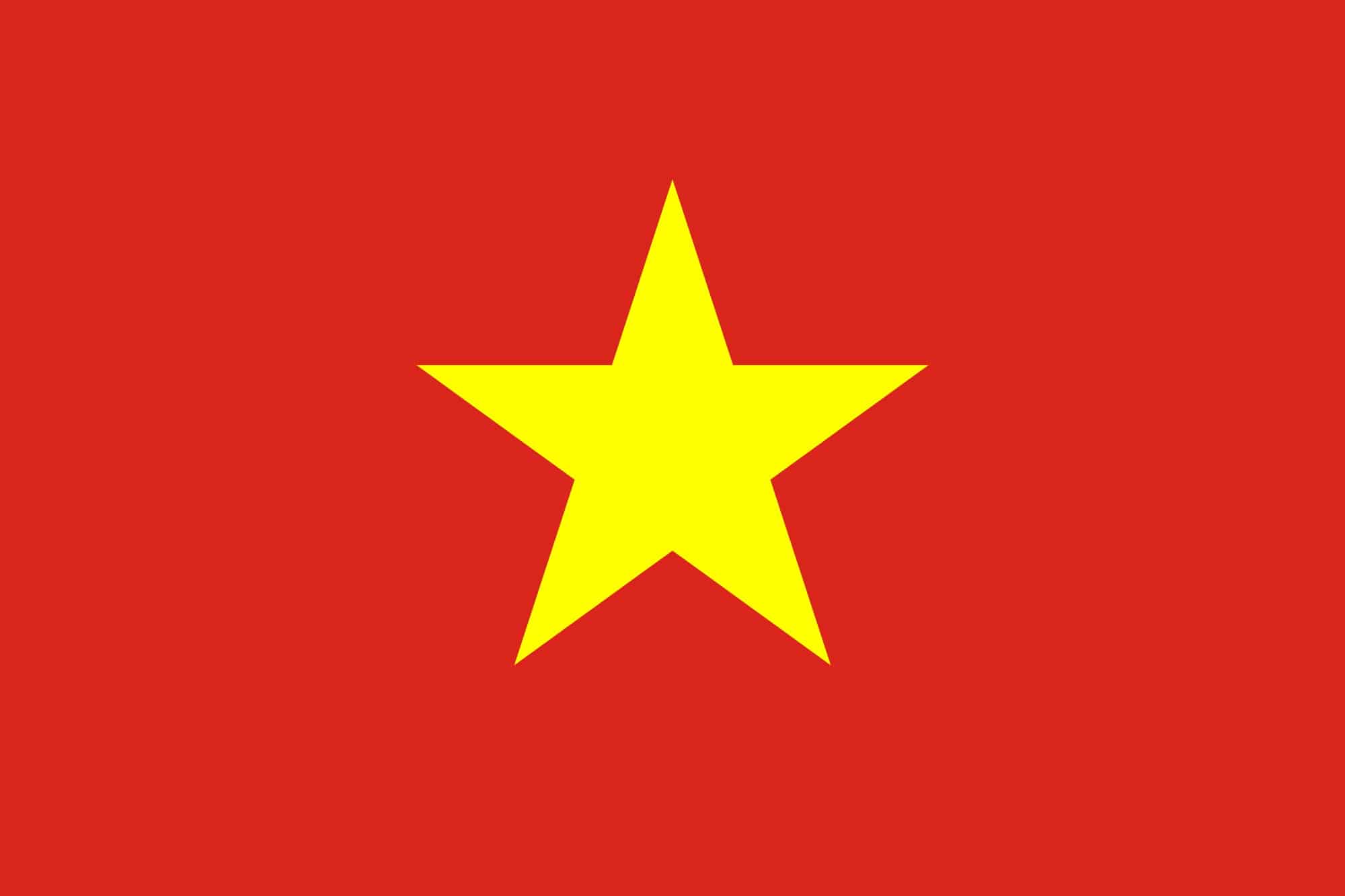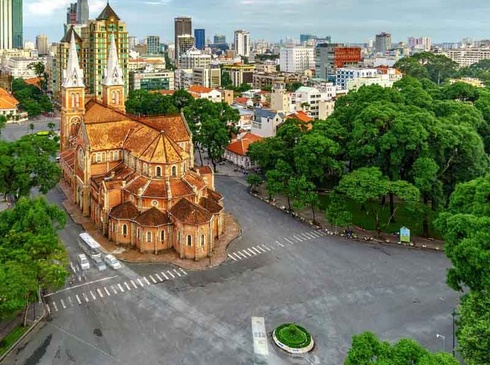The Fight for Freedom: A Look into Vietnam’s Independence Movement
Vietnam, a small country in Southeast Asia, gained its independence from French colonialism in 1954 after a long and arduous struggle. The road to independence was marked with blood, sweat, and tears from the Vietnamese people who refused to be oppressed and fought for their right to self-determination. In this article, we will take a closer look at Vietnam’s independence movement and the key figures who led the country to freedom.
.jpg)
1. French Colonialism in Vietnam: Vietnam was under the French colonial rule for more than six decades. It all started in the late 19th century when France seized control of the three regions in Vietnam – Tonkin, Annam, and Cochinchina. The French exploited Vietnam’s natural resources, imposed heavy taxes, and suppressed the Vietnamese people. This led to widespread poverty and suffering in the country. The Vietnamese people who wanted to live in freedom, resented the French and sought to overthrow them.
2. Rise of Nationalism: Vietnamese nationalism began to emerge in the early 20th century when a group of intellectuals started the Indochinese Communist Party (ICP) in 1930. Their aim was to unite the Vietnamese people to resist the French and to promote socialism. Ho Chi Minh, a Vietnamese revolutionary and political leader, was one of the founding members of the ICP. He went on to become one of the most revered leaders in Vietnam.
.jpg)
3. The Battle at Dien Bien Phu: The Vietnamese people waged a long and bloody struggle against the French forces, and the decisive battle was fought at Dien Bien Phu in 1954. The Vietnamese army, led by General Vo Nguyen Giap, managed to defeat the French forces, which marked the end of French colonialism in Vietnam. After the battle, the Geneva Accords were signed, and Vietnam was divided into two – the communist North and the pro-western South.
4. Vietnam War: The division of Vietnam marked the beginning of a long and bloody conflict known as the Vietnam War. The United States joined the side of South Vietnam, while North Vietnam received support from the Soviet Union and China. The war lasted for over a decade, with millions of lives lost, and it ended in 1975, with the unification of North and South Vietnam under communist rule. Vietnam was finally free from foreign domination.
.jpg)
5. Legacy of Vietnam’s Independence Movement: The struggle for independence left a significant imprint on Vietnam’s history and culture. The Vietnamese people were taught the values of sacrifice, perseverance, and unity, and these values are still an integral part of the Vietnamese way of life. The country has made tremendous progress in the fields of education, healthcare, and economic development, and is now one of the fastest-growing economies in Southeast Asia.
Conclusion: Vietnam’s independence movement was a long and arduous struggle, marked with blood, sweat, and tears. The French colonial rule left a deep scar on the country’s history, but the Vietnamese people refused to be oppressed and fought for their right to self-determination. The country’s independence would not have been possible without the leadership of Ho Chi Minh, General Vo Nguyen Giap, and other brave men and women who dedicated their lives to the cause. Today, Vietnam is a proud and independent nation that has set an example for others to follow.







